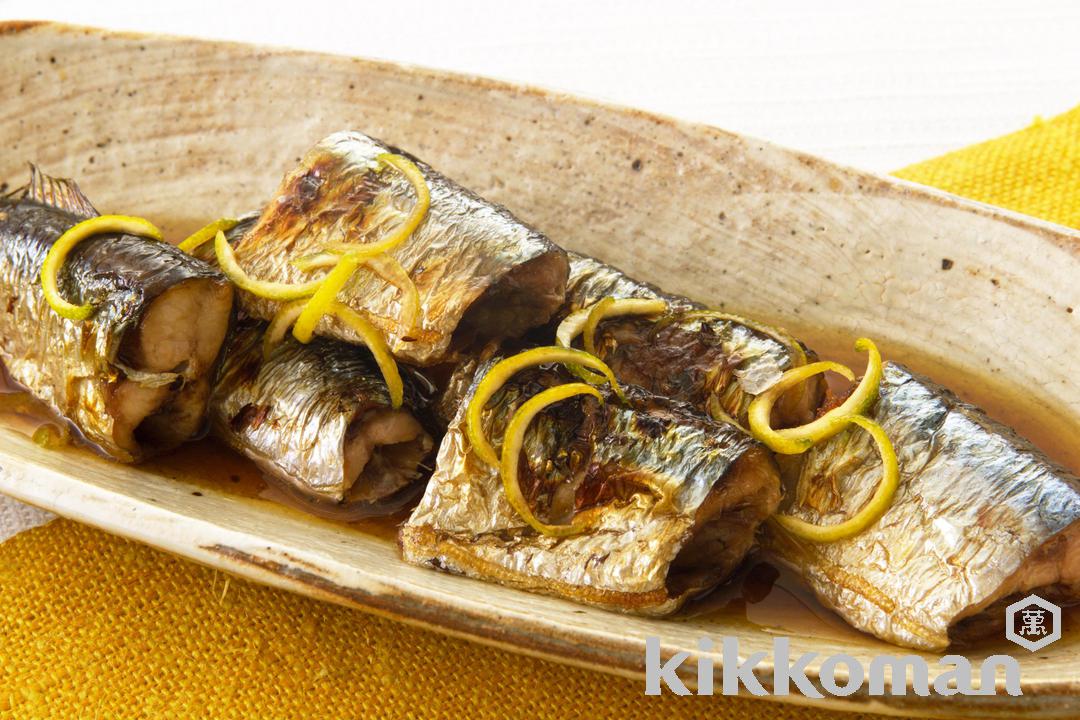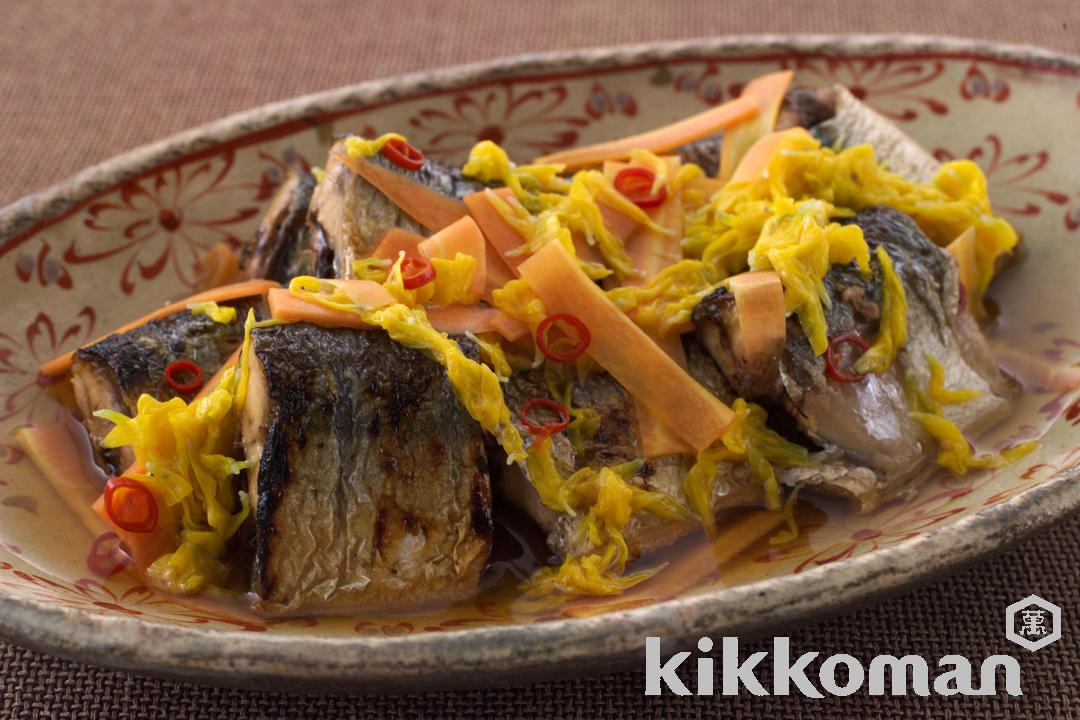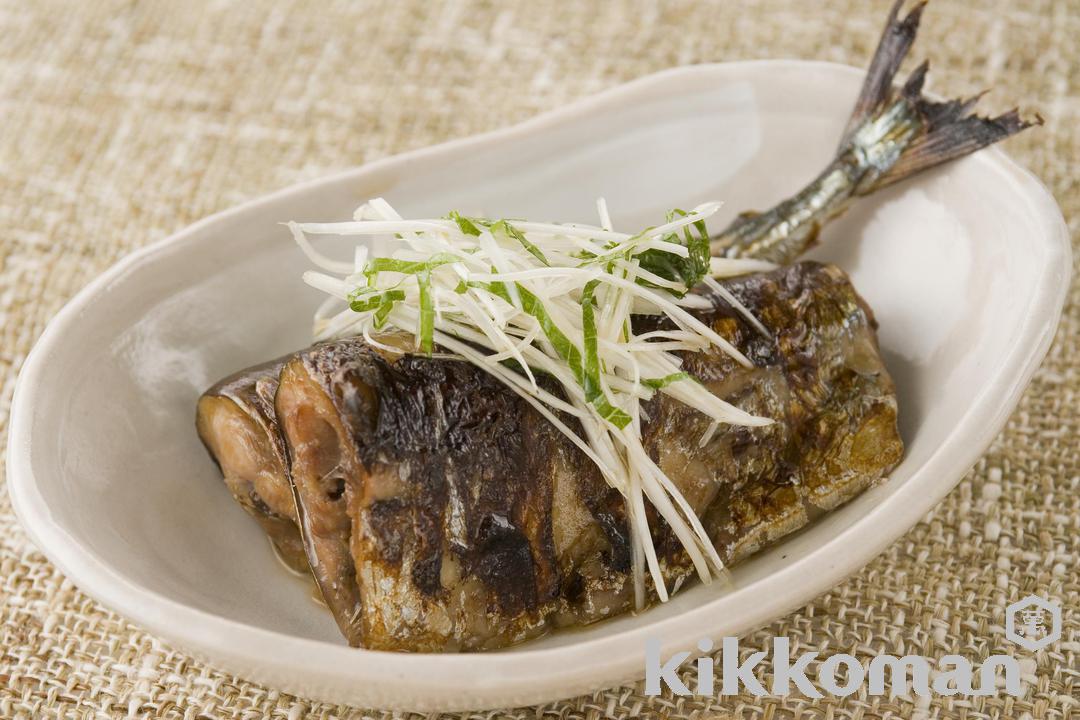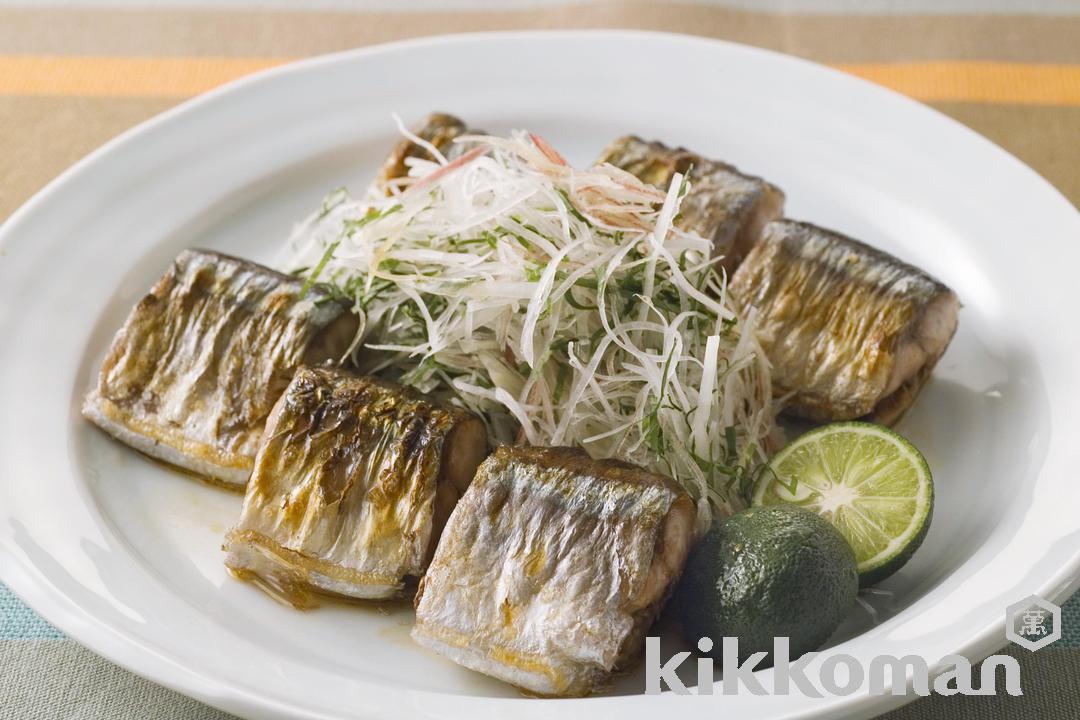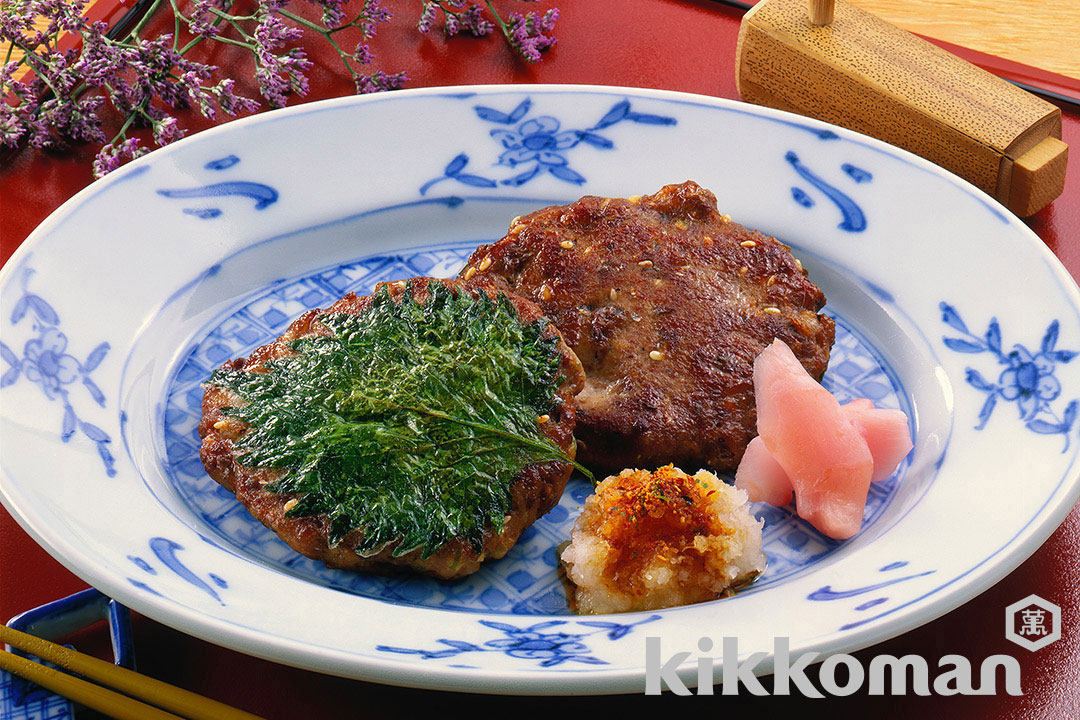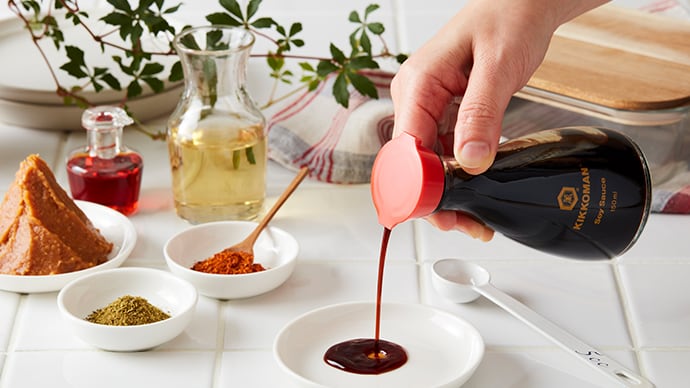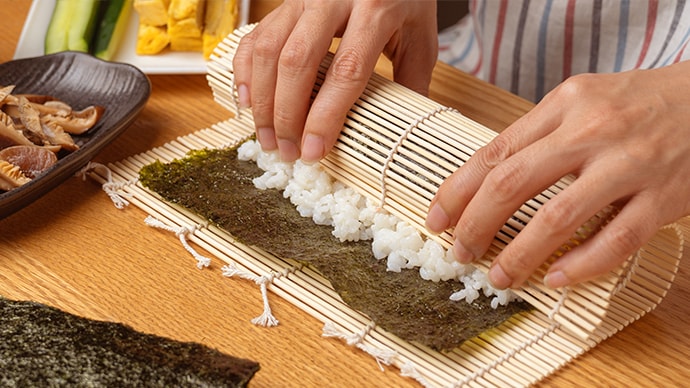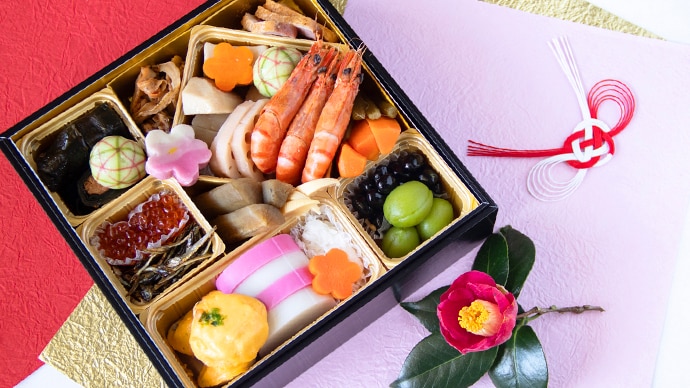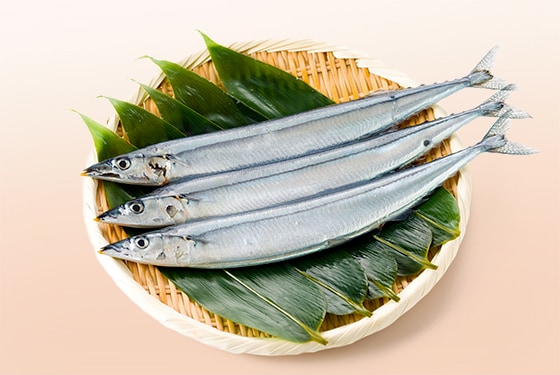
Sanma, a sleek, sword-shaped blue-backed fish, is a celebrated autumn delicacy in Japan
What is sanma?
Sanma / Pacific saury (さんま in Japanese) is a blueback fish that is loved in Japan. It can be eaten in various ways, such as salt-grilled, kabayaki (a cooking method that involves grilling fish in a sweet and savory glaze), simmered, deep-fried, as sashimi or sushi, and also cooked with rice. The internal organs of sanma also can be enjoyed as they do not accumulate waste products. When grilled or boiled, sanma are often eaten without removing internal organs.
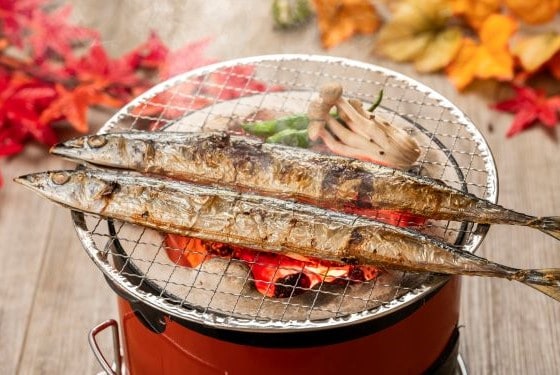
Nutrition facts
Sanma is rich in protein, calcium, iron, zinc, vitamin D, vitamin E, and B vitamins such as vitamins B2, B6, and B12. Sanma is high in fat content, and this fat is rich in the omega-3 fatty acids DHA and EPA. DHA and EPA are said to have various functions such as supporting brain function and having an antithrombotic effect. Sanma also contribute to bone health as they contain both calcium and vitamin D, which increases calcium absorption.
To help with the absorption of iron, calcium, vitamin B12, and folic acid, sanma's nutritional benefits are most effective when eaten with foods containing vitamin C. In Japan, grilled sanma is often served with grated daikon radish and citrus fruits such as lemons which are abundant in vitamin C, and seen as a good pairing from a nutritional standpoint.
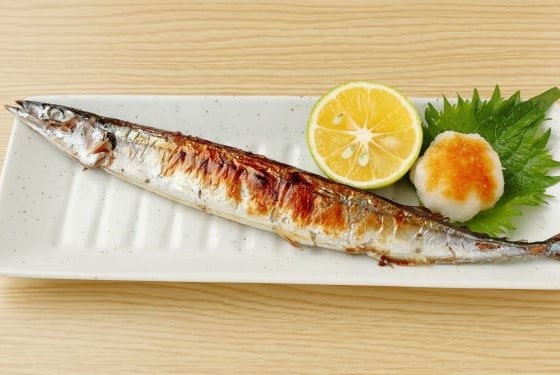
Storage to prevent food loss
Wash the sanma with cold water after removing the head and internal organs, wipe off the moisture thoroughly with kitchen paper, wrap each fish in plastic wrap, and place in the refrigerator. Can be stored for up to 2days.
Trivia
The migration route of sanma changes depending on the change in seawater temperature and the distribution of plankton. The catch for this fish varies greatly from year to year. When the fishing haul is low, frozen sanma are a good alternative.
Cooking Basics
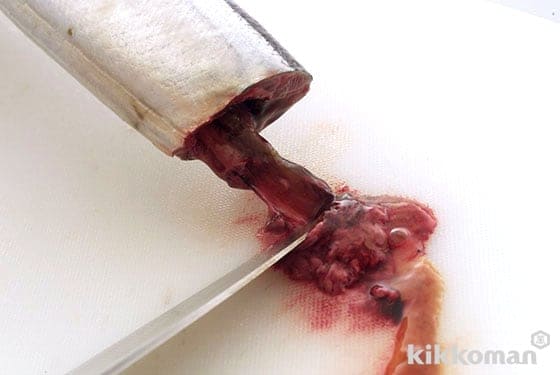
When preparing for use in boiled and other dishes, first remove the innards. After descaling, remove the head from just behind the pectoral fin. Place the tip of the knife into this opening, and scrape out the innards. Be sure to give a final rinse with water and dry off before using.
Related Recipes
15min+
297kcal
158mg
15min+
303kcal
354mg
20min
308kcal
800mg


